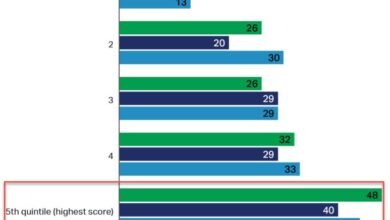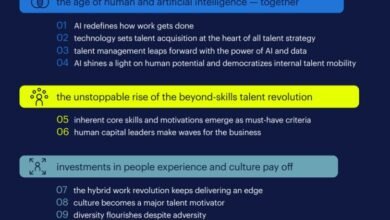
Source | www-myhrfuture-com.cdn.ampproject.org | Manpreet Randhawa
Strategic workforce planning presents a huge opportunity for HR as a function to deliver real value and insight to the business – by providing them with a holistic view of their workforce including the skills present within the organisation and an understanding of how the talent strategy aligns to the business strategy. When done well, strategic workforce planning has the power to drive greater innovation, talent generation and process improvement within an organisation, allowing more informed, data-driven talent decisions to be made, that are aligned to strategic priorities and underpinned by advanced and predictive analytics.
A research study conducted by OrgVue and CEBR, found that workforce planning is a key measure for improving productivity. In the US, better people planning could contribute a whopping $92.2 billion in additional GDP, while in the UK it could help generate an extra £10.4 billion in GDP.
Which all sounds great in theory, however as we’re all too familiar with building a ‘successful’ workforce planning capability within an organisation is a lot more difficult than it sounds and this is primarily due to the complexities that surround strategic workforce planning. As companies try to create more agile organisations with a mix of full-time, part-time, permanent, contractor and freelance talent, the ability to plan effectively, forecast skill gaps, and understand the supply and demand of talent has never been more important.
So why do so many organisations fall at the first hurdle when attempting to build a successful workforce planning strategy?
-
Many HR functions struggle to create a direct connection between business strategy and actions that can be taken in the people space.
-
HR often fails to gain buy-in from the business to own the workforce planning process
-
HR teams often lack the capability to leverage internal and external market data to inform and evaluate their talent decisions
1. Many HR functions struggle to create a direct connection between business strategy and actions that can be taken in the people space.
Successful workforce planning requires HR leaders to truly understand the current state and future strategy of the business. However, as a function we often struggle to gauge an accurate view of business strategies due to the rate of change. While the business has embraced agility, HR is still playing catch up.






